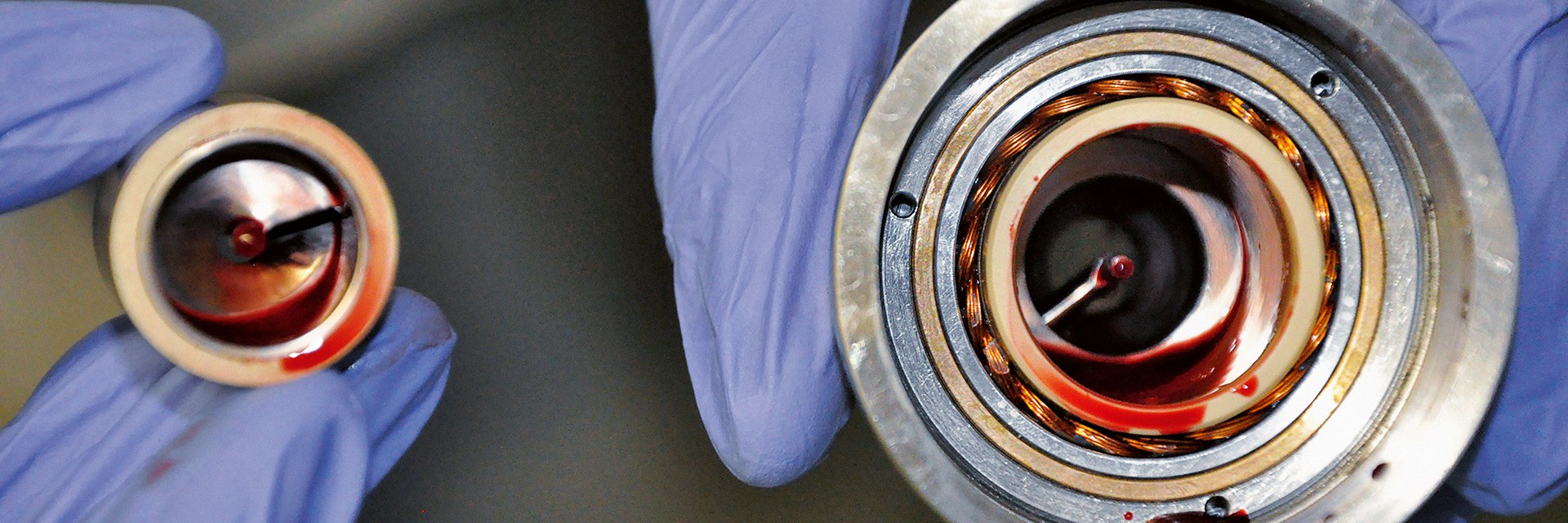
Brain-Computer-Interface
Multi Channel Approach.
Neurofeedback
Electroencephalography (EEG) controlled Brain-Computer Interfaces (BCI) use brain waves bled off via electrodes. A neurofeedback uses these visualized signals to treat common disorders in children: attention deficits and hyperactivity disorder (ADHD: lack of concentration, discipline and learning difficulties combined with motor hyperactivity).

Neurofeedback represents an alternative to existing drug treatments. It aims at controlling brain waves by well directed concentration. Success or failure are directly indicated by visual and auditory feedback and serve as motivation. By repetitive training sessions, lasting neurological improvement can be achieved: ADHD children often succeed in decreasing their abnormally high theta waves (daydreaming and fantasizing) and in increasing their alpha (relaxation) and beta (concentration) waves. On the contrary to drugs, no side effects occur when using the widely accepted training protocols.
Most commercially available neurofeedback systems have only 1 or 2 registration channels. Our aim is to design a neurofeedback system using a g.tec amplifier and MatLab / Simulink software in close collaboration with therapists. The following technical improvements are our priorities:
- Continuous and prompt feedback.
- Well-defined repositioning system for comparison between different sessions.
- Performing quantitative EEG (QEEG) at the beginning of the sessions to choose the most suitable electrode position.
- Increasing the number of channels for controlling more complex processes, i.e. to include further brain areas in the analysis.
Outlook
In addition to Neurofeedback as a therapy for concentration difficulties, there is a multitude of connecting projects in the long term, starting from the use of the feedback in other domains (Cursor, Robot, Wheel chair) via controlling more complex operations and finally the combination of cognitive signals of several persons as game (mental rope pulling).
This article is also available as PDF-file.